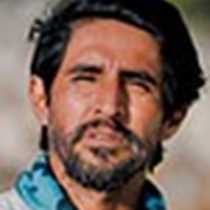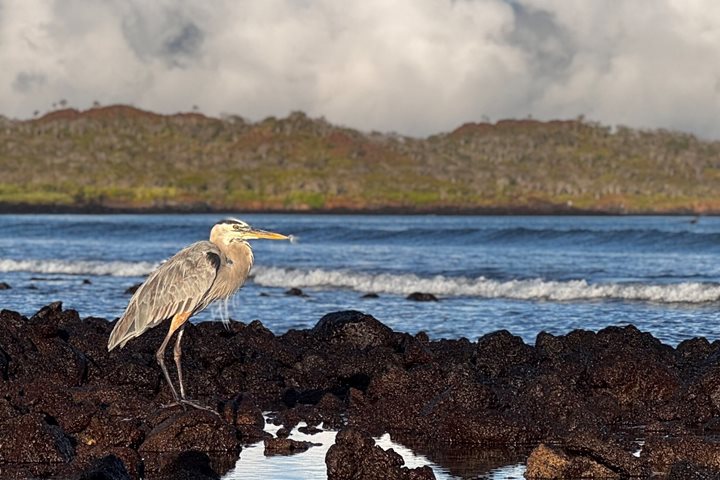The night before our arrival to Genovesa Island, we crossed the equatorial line up north. This is the only island opened to land visits in the group of northern Galapagos Islands.
The morning came and we anchored inside of the collapsed island caldera. Our morning activities started with hikes on the two different sites, starting with Darwin, a small white sand beach with large pieces of broken coral spread over the bay. At low tide we can cover a larger portion of the area with lots of wildlife, predominantly birds. It is an ideal site for a nature walk.
Many different types of seabirds can be found here: frigates, Nazca boobies, sea gulls, and maybe the best attraction of the place, red-footed boobies. Thousands of them can be found here, making this the largest population of red-footed boobies in the world. To complement this, some other species of animals have landed here to stay, such as sea lions, marine iguanas, and a good number of small land birds like finches, warblers, mockingbirds, and doves, all of them native to the islands.
This is also an excellent site for snorkeling. The water is warmer and a large group of fish live here, with a predominance of tropical colorful species like parrot fish, Moorish idols, and wrasses, plus other pretty ones.
On the other hand people can go for a walk at Prince Phillips’ steps to encounter more sea birds that use this island to nest, such as Nazca boobies, red-footed boobies, and frigates. In addition to this the chance of finding short-eared owls is high due to the absence of hawks, who hunt during the day. Large numbers of small black birds called storm petrels nest here year round and are the owl’s main prey.
Other attractions of the island, besides the huge number of birds, is the Galapagos fur seal, which hangs around in the shade of the rocks. They have a double dense layer of fur converting them into more sun-sensitive animal as well as nocturnal hunters.









